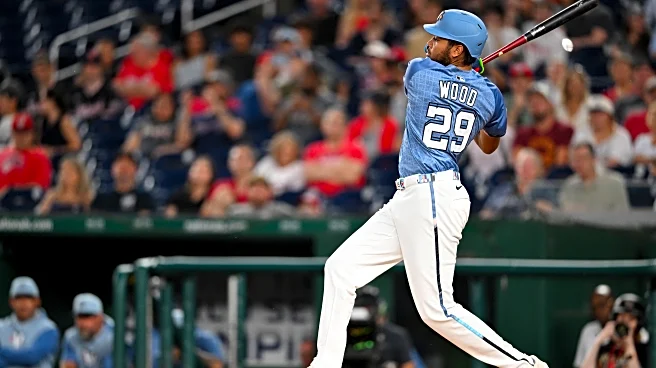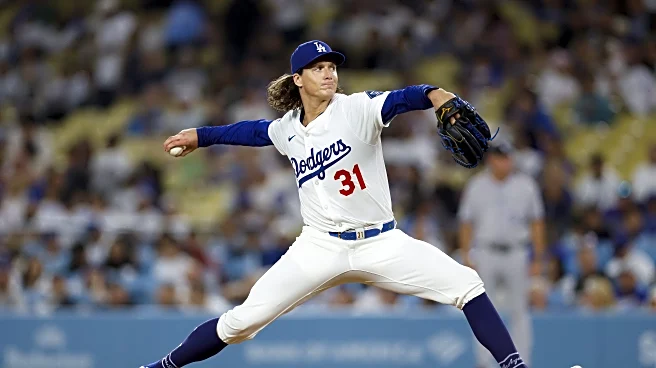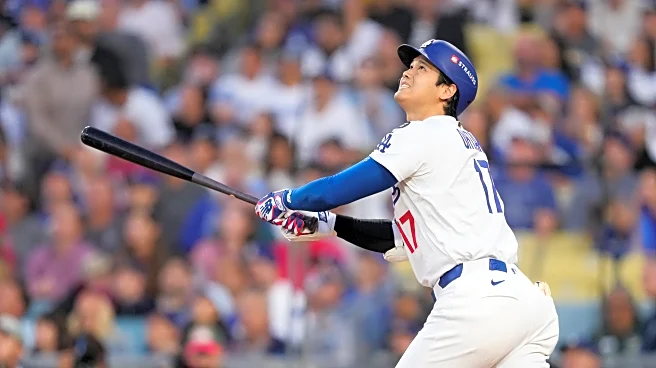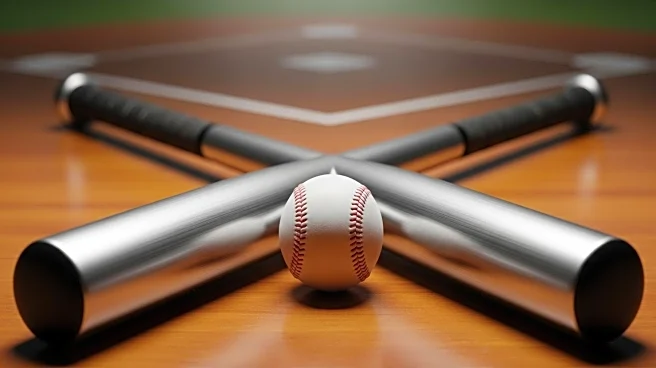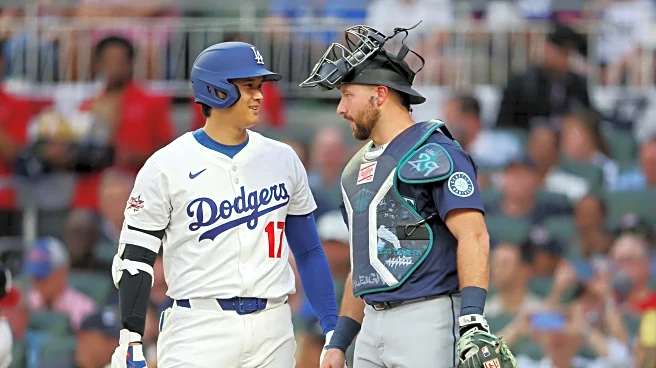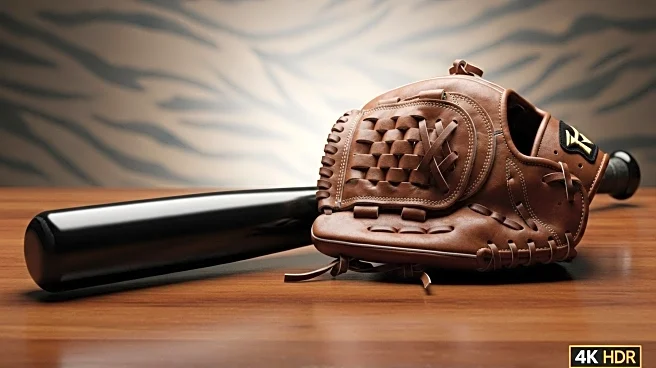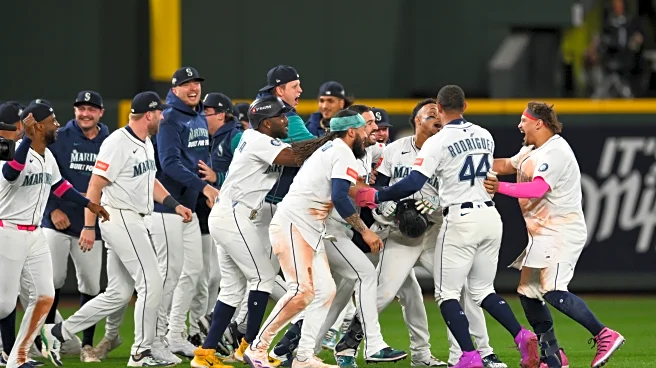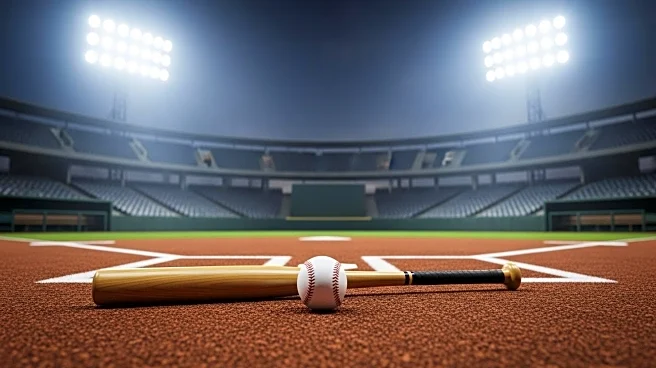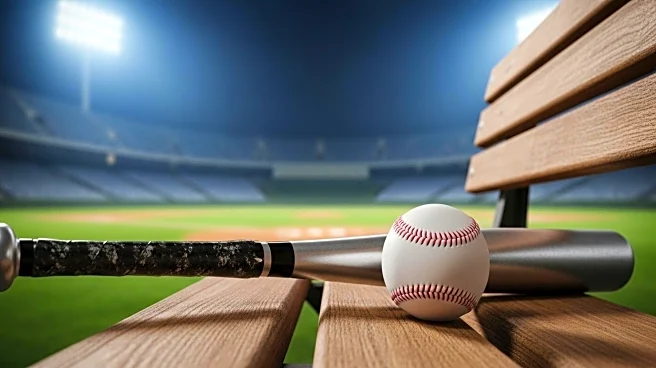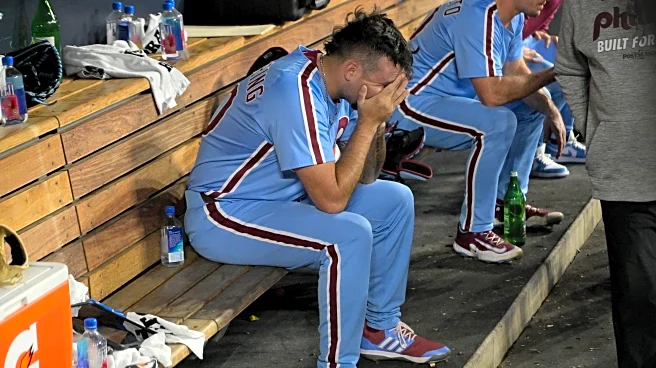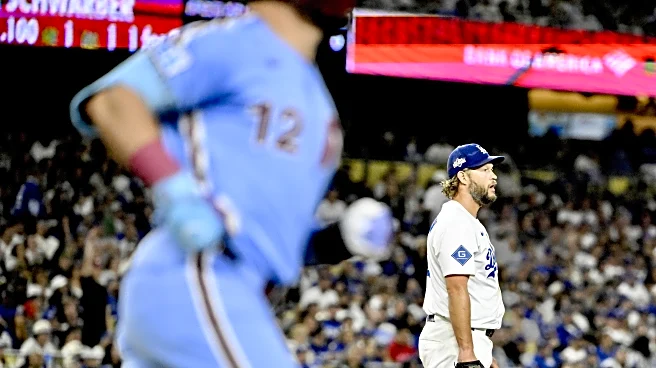It is sometimes easy to forget, but 2025 was James Wood’s first full season as a big leaguer. He played most of the season as a 22 year old. Despite his tender age, Wood was the focal point of the Nationals offense. Often that was for the best, but when he struggled, it stuck out like a sore thumb.
James Wood only came up in July of 2024. After a strong half season, Wood was expected to take the next step in 2025. If you step back and look at the big picture, he did just that. For the season, Wood hit
.256 with an .825 OPS. He slugged 31 home runs and drove in 94 runs. Those are really strong numbers for a young player in a lineup without much protection. Wood also posted 3.3 fWAR and 3.7 bWAR.
The thing that stands out the most about James Wood is his raw power. He hits some freakish home runs, especially to the opposite field. The opposite field homer became a Wood trademark. When you look at his spray chart, so many of his homers are to left field or left-center.
It feels so long ago now, but James Wood’s first half was otherworldly. On July 4th, James Wood was hitting .294 with a .958 OPS. He had already hit 23 home runs by Independence Day. At that point in the season, Wood was one of the best hitters in all of baseball. The 22 year old was an utter phenom and looked like one of the future faces of baseball. When discussing his season, you have to keep this in mind. Yes, he struggled in the second half, and we will get into that, but we cannot forget about his first half either.
My favorite moment of Wood’s season came early in April, when the Nats were playing the Marlins. It actually came from the Marlins broadcast. Wood hit a line drive missile over the fence. The home run was so impressive that the Marlins announcers were audibly shocked and could not believe what they had seen.
Those are the kinds of moments James Wood can bring. He can do things that very few baseball players can do. Wood is just a freak athlete at 6’7 234 pounds. He hits the ball so hard and can do truly mesmerizing things on a baseball field.
His truly elite exit velocities and hard hit rates give him the potential to be one of the best hitters in baseball. The truly elite hitters, like Aaron Judge, Shohei Ohtani and even Kyle Schwarber are the guys who hit the ball the hardest. Wood hits the ball like that and we saw him perform like one of the best hitters in the sport in the first half.
However, Wood ran into some pretty big problems in the second half. Simply put, he had a hard time hitting the ball at all. Strikeouts are always going to be a part of Wood’s game. Most long levered guys have big strikeout numbers and Wood is no different.
Even in his special first half, where he posted a .915 OPS, Wood struck out 27.6% of the time. May was his best month of the season, and he struck out 27% of the time then. So we know that Wood can succeed even with high strikeout numbers.
However, things got out of control in the second half. After the All-Star break, Wood struck out 39% of the time. Those are Joey Gallo kinds of numbers and are not going to allow him to be at his best. Even in August and September, where he had improved from his truly miserable July, Wood’s strikeout rates were deep into the 30’s and ate away at his production.
This second half strikeout frenzy had Wood chasing the wrong kind of history. He was closing in on the all time single season strikeout record, which Mark Reynolds set back in 2009. In the end, Wood finished with 221 strikeouts, but the punch outs were still very alarming.
Those strikeout problems are why Wood posted a .689 OPS in the second half. All the swing and miss also cut into his power, with the big slugger only hitting 7 second half homers. Wood hits the ball on the ground more than most sluggers, so when he is striking out a ton, he simply is not hitting it in the air enough to homer consistently.
For the season, James Wood struck out 32.1% of the time. Getting that number down will be his number one priority this offseason. He does not have to be some contact hitter, just get that number back around 27%. Wood has proven he can be an elite hitter while striking out 27% of the time.
Beyond his offensive game, Wood’s defense is still shaky, but it has improved. He is a negative defender, posting -7 outs above average. Last year, in half the games, he had -5 OAA. So on a rate basis, his defense improved. There were actually times in the middle of the season where I thought Wood played good defense.
However, as we got into the second half, his defense tailed off with his bat. It just seemed like he wore down in the second half. The bat was not the same, the defense fell off and his sprint speed regressed. I wonder if he was nursing an injury or just feeling the effects of playing a 162 game season for the first time.
Looking at the season in its entirety, this was a successful year for James Wood. If you told me before the season that Wood would hit 31 homers and have an .825 OPS, I would have taken that for sure. He became the first National to hit 30 homers since 2019.
However, that second half inevitably leaves a bad taste in your mouth. Wood did have a good final couple weeks to leave fans with something positive, but there were a lot of ugly at bats in the second half. His lethargic demeanor can also be frustrating at times.
However, the whole package is still very strong. Wood had a good season while having so many areas of growth remaining in his game. His ceiling is still so high, but he has more to work on than we thought after his electric first half. I am excited to watch the James Wood experience for years to come, even if it can be frustrating at times.
Season Grade: A-/B+
